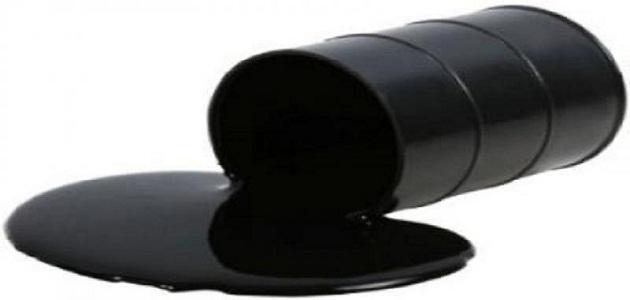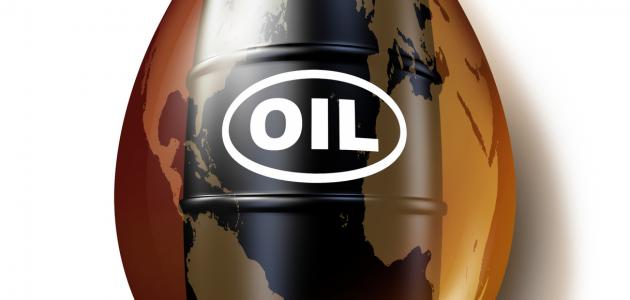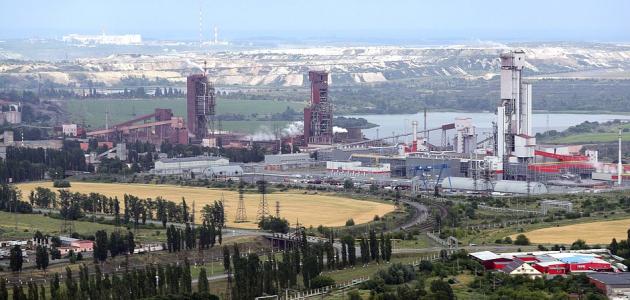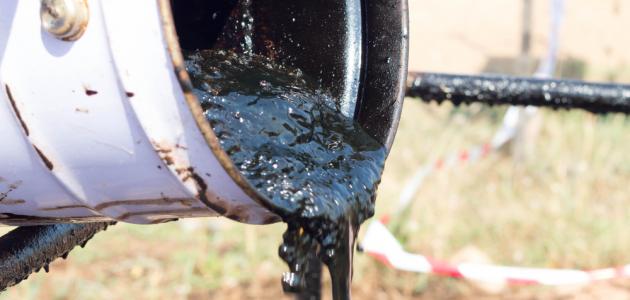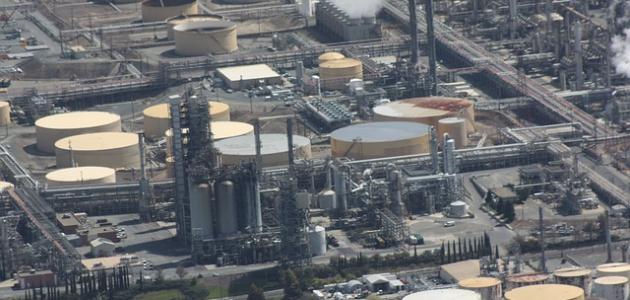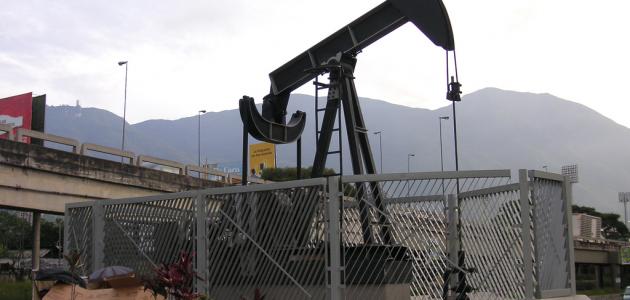petroleum
It is also called oil, and in English (Petroleum): It is a thick black liquid that is formed underground and may appear on its surface. It contains chemical compounds such as: hydrogen, carbon, and sulfur, and from it is made the fuel used to operate many machines and equipment. And means of transportation.
Petroleum formation
People discovered petroleum since ancient times, and used it in many things, such as lighting and construction, and the method of its formation has not been determined. Due to the limited scientific means at that time, it remained an important source of energy, and it was preserved, and efforts were made to discover its whereabouts. To be called black gold.
As scientists studied it to find out the reasons leading to its appearance, they disagreed on how it was formed. Some of them said that it was formed due to organic components, and others said that the reason for its formation was due to inorganic components, and each of them relied on theories, research, and studies that reinforce their point of view regarding the formation of petroleum. .
organic ingredients
Most scientists rely on the fact that organic components are the main components of petroleum. This is a result of the decomposition of organic materials in the soil, especially the remains of the bodies of living organisms and plants, due to heat, some types of bacteria, and rock sediments. This led to the formation of petroleum, and the organic components are considered more likely to form it. Due to the presence of organic compounds in crude oil discovered in sedimentary rocks.
Read also:In which part of the Arabian Peninsula is oil concentrated?Inorganic ingredients
The first person to point out that inorganic components are what constitute petroleum was the Russian scientist Dmitri Mendeleev. His theory says that petroleum was formed by the effect of water on coal, which reacts inside the earth at a high temperature. He attached his theory to chemical reaction equations, in order to prove the validity of his point of view. But it remains just a theory that needs more study.
stages of petroleum formation
Petroleum goes through three stages that lead to its formation inside the earth:
- Formation: It is the first stage in the formation of petroleum, which is formed in the distant depths of the earth in rocks, through the presence of organic materials, high temperature, and great pressure.
- Migration: After oil is formed, it moves to the second stage, which is migration from a place of high pressure to places where there is low pressure, and it migrates through channels, outlets, fractures, and cracks in the rocks.
- Aggregation: This is the final stage of oil formation, in which it gathers in one place, in large quantities, in a strong rocky area. This area is called the oil trap.
Petroleum derivatives
Many fuel derivatives are made from petroleum, including:
| Type of petroleum | Extracted material | the use |
|---|---|---|
| Liquefied petroleum | Propane gas, butane gas | Cooking and heating |
| Light petroleum | Gasoline (petrol) | Automotive fuel |
| Filtered petroleum | Kerosene, diesel | Aviation, ship and vehicle fuel |
| Excess petroleum | Coal, sulfur | Road paving and iron industry |
